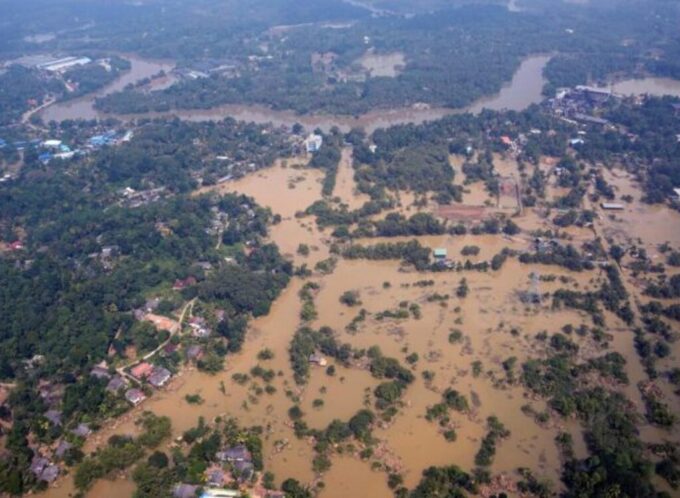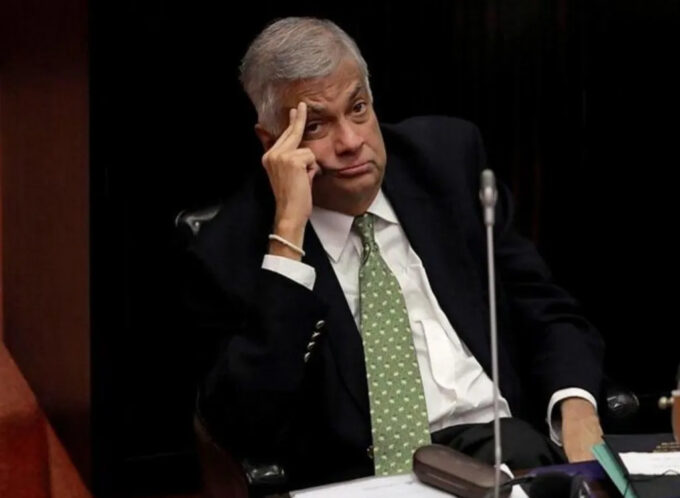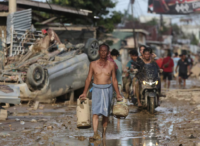In the largest foreign investment ever, Sri Lanka has signed a deal worth $3.7 billion with China for the construction of an oil refinery.
The Chinese refinery will be constructed in the southern port city of Hambantota, the same city where China previously built a port that it eventually acquired on a 99-year lease through its debt trap diplomacy. As China has turned the port into a strategic foothold at India’s doorstep, there are fears that the refinery could be part of the same Chinese project to gain strategic upper hand in the Indian Ocean Region.
The Sri Lankan government signed the deal with the Chinese regime during President Anura Kumara Dissanayake’s state visit to China.
The Sri Lankan presidency said in a statement that Chinese regime-owned Sinopec would construct the “state of the art” refinery at Hambantota with the investment of $3.7 billion. It said that the refinery would be export-oriented with the capacity of 200,000 barrels.
“This major investment from China is expected to bolster Sri Lanka’s economic growth while uplifting the livelihoods of low-income communities in the Hambantota area,” said the statement.
Dissanayake chooses China over India in Hambantota u-turn
Sri Lanka has picked China to construct the refinery in Hambantota after scrapping a contract with an Indian-Omani group in 2023 that it had awarded in 2019. If the deal worth $3.85 billion at the time would not have been scrapped, it would have been a bigger investment than the one China has pledged now.
Announcing the deal on X, Dissanayake said that it would “boost exports, create jobs, and fuel economic growth”.
The embrace of China in Hambantota marks a sharp u-turn for Dissanayake as he had opposed the deal with China over the Hambantota port when he was in the Opposition.
In 2017, Sri Lanka was essentially forced to lease the port to China on a 99-year lease after Sri Lanka could not pay the loan on which China had built the port for Sri Lanka. The economically unfeasible port is seen as a classic case of Chinese debt trap diplomacy.
Under the deb trap diplomacy, China woos foreign leaders and signs deal with them to develop large projects such as sea ports, airports, or highways, which are dual-use in nature. These projects, like the Hambantota port, are of little economic value to host countries, but are of great strategic value to China. The terms of these projects are such that China gives loans to host government and contracts are then handed to Chinese companies for construction. As the terms of loans are harsh, host countries often fail to repay and China then offers a deal in which it takes over the project on long-term lease in lieu of writing off the loan.
When Sri Lanka defaulted on its payments in 2022 at the height of financial crisis, more than half of Sri Lankan debt was to China.
Even though China and Sri Lanka have both asserted that the leased-out Hambantota port would not be used for military purposes, China has used it for military purposes. In 2022, a Chinese military survey ship, Yuan Wang 5, docked at the port. While China at the same time said that the ship merely conducting harmless maritime research and Sri Lanka said the ship docked the same way Indian and US ships dock to restock fuel, food, and other essentials, the fact that it was a military ship carrying out activities critical to naval warfare at India’s doorstep was not lost anyone.
Analysts have noted that how sensitive is India to the usage of Sri Lankan waters and ports by adversarial nations like China. In an article for Takshashila Institution, Akshaya Venkatakrishnan noted that “just the mere possibility of Sri Lanka ports becoming pit stops for Chinese vessels to restock supplies and refuel is viewed as a major cause of anxiety and a potential security threat that can jeopardise India’s bilateral relations with the island”.
The so-called research chips which China claims to be engaged in civilian maritime research are dual-use vessels essentially operated by Chinese military. Venkatakrishnan in her article noted that such ships’ activities include collecting information on ocean currents, seabed topography, and maritime conditions, which could be used to plan mine warfare scenarios among other things.
With the new refinery deal, there are concerns that Sri Lanka is walking into another debt trap and is turning another project on its soil into a Chinese strategic outpost at India’s doorstep.
(First Post)











Leave a comment